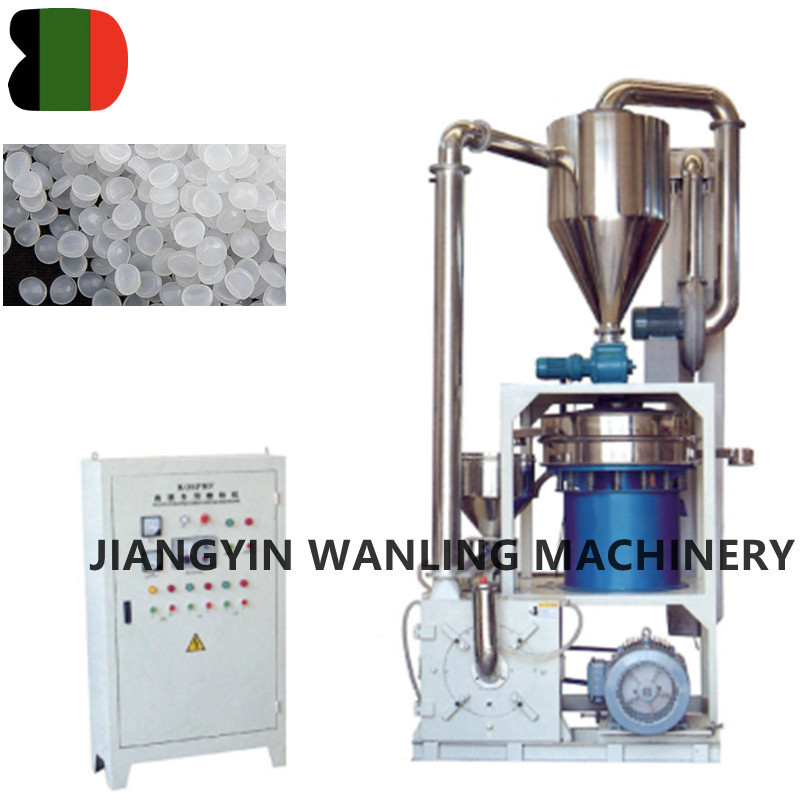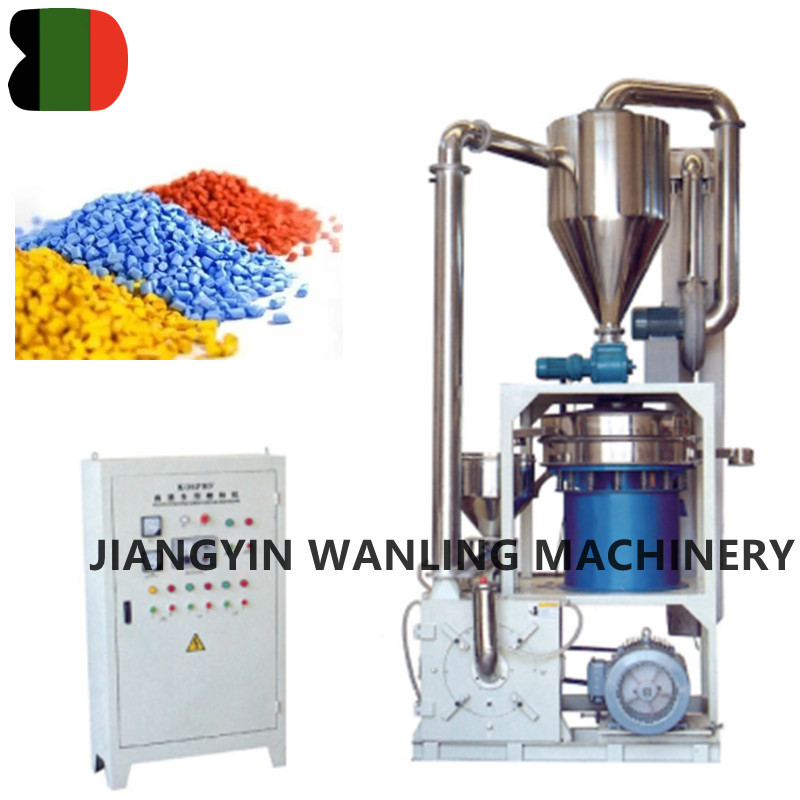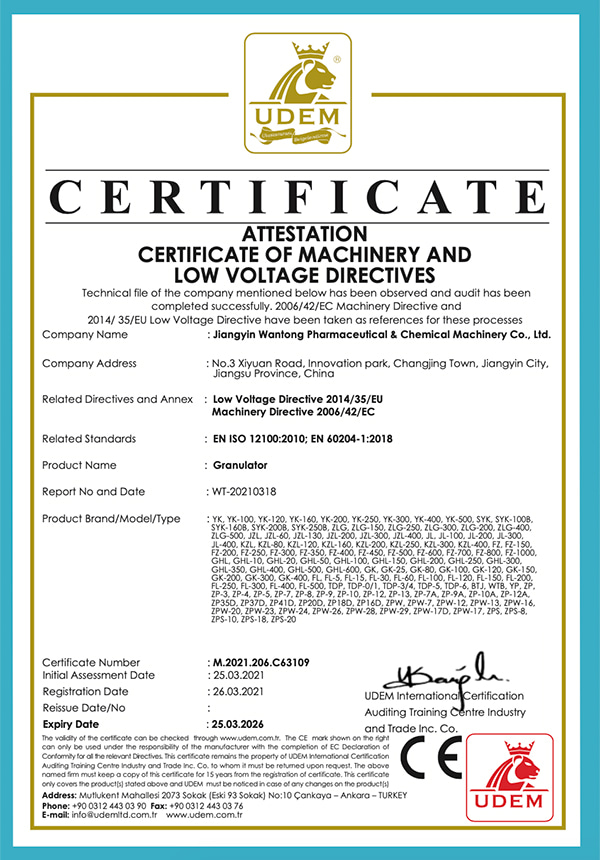Plastic Grinder Manufacturer
-

WF Plastic PP Grinder Machine
This WF plastic grinder machine is mainly composed of feeder, housing, spindle, cutter head, main motor, electrical box, etc. -

WF Disc Type PC Plastic Mill Machine
The WF disc type PC plastic mill machine, manufactured by Jiangyin Wanling International Trading Co., Ltd, is a heavy-duty grinder ideal for... -

WF high speed PET plastic mill grinder
The PET plastic mill is an ideal equipment for processing and grinding thermoplastic materials such as HDPE, LDPE, LLDPE, ABS, PC, PS, PET, ...
The plastic crusher can crush plastic and rubber such as plastic profiles, tubes, rods, wires, films, and waste rubber products. This type of machine uses alloy steel blades with long service life. At the same time, the machine adopts a separate design, which is easy to maintain and clean, and has a double-layer structure with soundproof materials. The noise is very low, and the blade shaft base has undergone rigorous balance testing. The machine base is equipped with four wheels for easy movement.

About Us
Honor
-
 Honor
Honor -
 CE
CE
News
-
Industry News 2025-10-22
1. What a Horizontal Ribbon Mixer Is and Where It’s Used A horizontal ribbon mixer is an industrial ...
View More -
Industry News 2025-10-16
A tray dryer is a batch drying equipment widely used in the pharmaceutical, food, and chemical indus...
View More -
How does a double cone blender compare to ribbon blenders or V-blenders for industrial applications?Industry News 2025-10-09
A double cone blender has distinct advantages and limitations when compared to ribbon blenders and V...
View More -
Industry News 2025-10-01
Electric-Powered Tray Dryers Advantages: Precise and Stable Temperature ControlElectric-powered tr...
View More
Industry Knowledge Expansion
Can Plastic Grinder handle different sizes and shapes of plastic waste?
A plastic grinder is typically designed to handle a variety of sizes and shapes of plastic waste. These machines are often equipped with adjustable settings or features to accommodate different types of materials and waste products.
The grinding mechanism itself, usually composed of rotating blades or hammers, is often versatile enough to break down various forms of plastic, including solid objects like rods or tubes, as well as flexible materials like films or sheets.
However, it's essential to consider the specific capabilities and limitations of a particular plastic grinder model. While many grinders can handle a wide range of sizes and shapes, there may be practical constraints based on factors such as the size of the grinding chamber or the power of the machine's motor.
In general, though, plastic grinders are designed to be adaptable and efficient in processing different types of plastic waste, making them valuable tools for recycling and waste management operations.
How long do the alloy steel blades typically last before needing replacement?
The longevity of alloy steel blades in a plastic grinder can vary depending on several factors, including the frequency of use, the types of materials being processed, the quality of the blades, and the maintenance practices followed. However, alloy steel blades are typically chosen for their durability and wear resistance, offering longer service life compared to other materials.
In many cases, alloy steel blades in a well-maintained plastic grinder can last for thousands of hours of operation before needing replacement. Some manufacturers may provide specific guidelines or recommendations for blade replacement intervals based on their testing and experience with the equipment.
Regular inspection of the blades for signs of wear, such as dull edges or chipping, can help determine when replacement is necessary. Additionally, proper maintenance practices, such as keeping the blades clean and sharp, can extend their lifespan and ensure optimal performance of the grinder.
Ultimately, the lifespan of alloy steel blades in a plastic grinder can vary, but they are generally chosen for their durability and ability to withstand the rigors of continuous use in industrial settings.



 Español
Español
